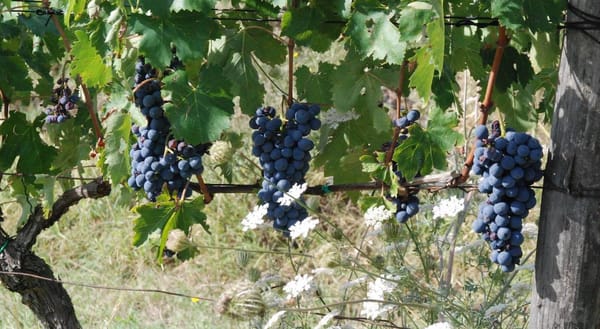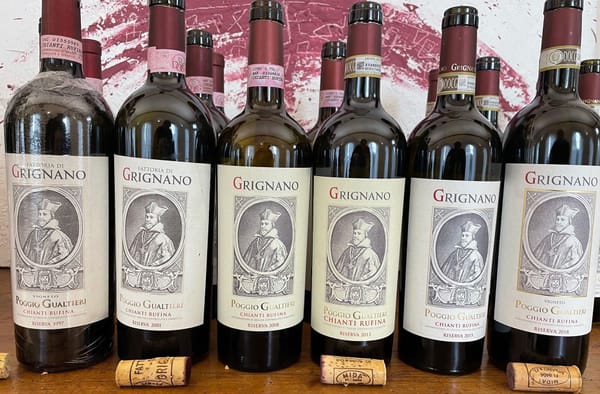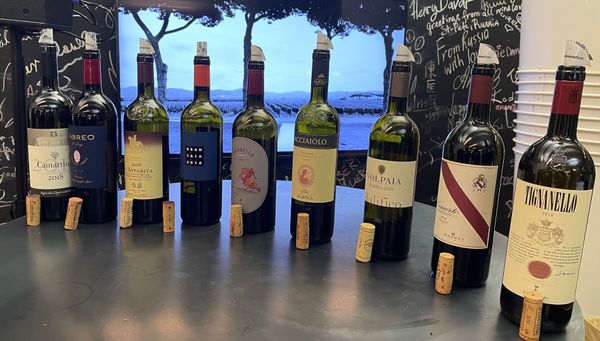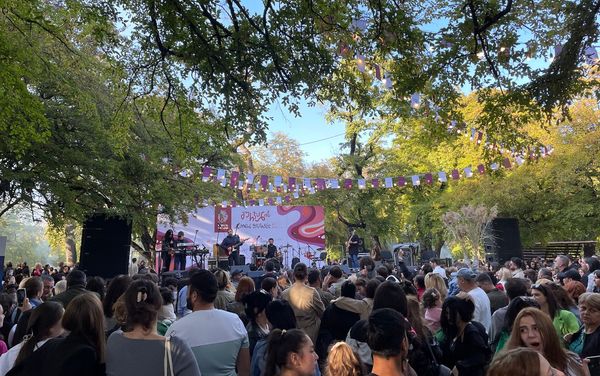Interview: Aline Baly of Chateau Coutet on the 2015 harvest in Barsac and Sauternes
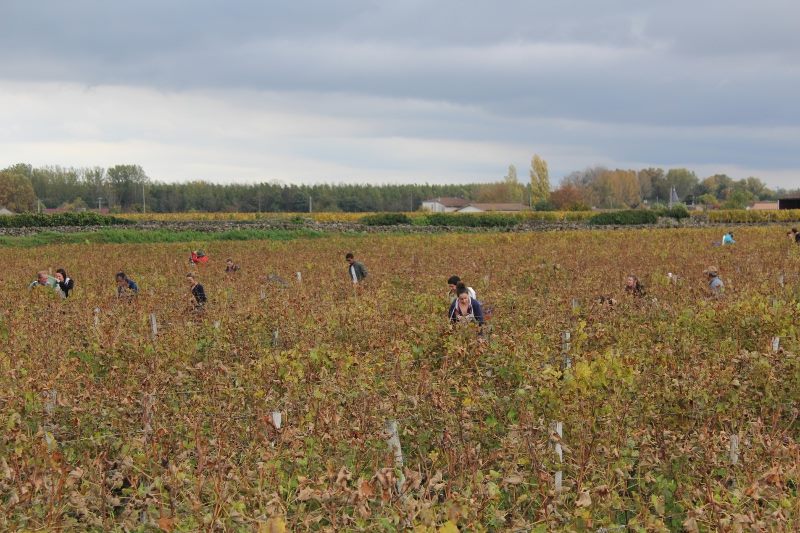
With the 2015 en primeur campaign underway in Bordeaux there is a great deal of excitement, anticipation and concentration on the red wines of the left and right bank. The naturally sweet wines of Barsac and Sauternes are often overlooked during the frenzy of activity around Bordeaux. Paul Caputo spoke to Aline Baly of Chateau Coutet in Barsac.
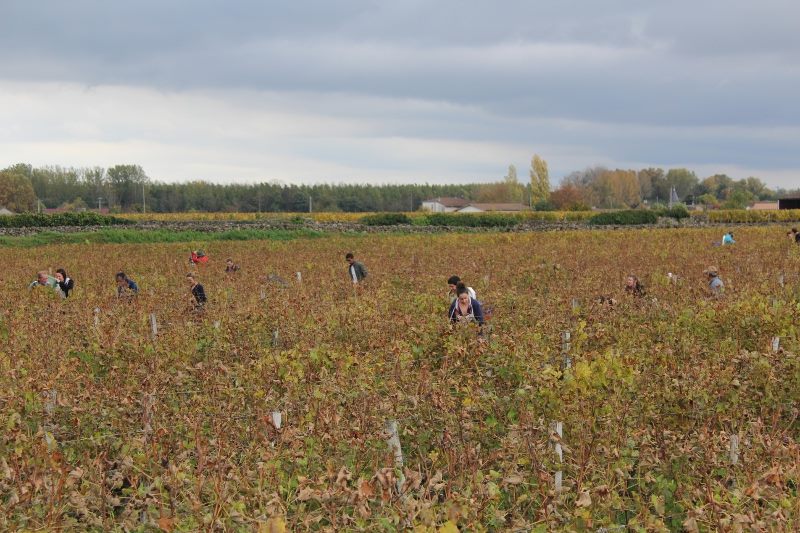
How would you describe the 2015 vintage for Chateau Coutet? The harvest was exceptional thanks to favorable climatic conditions. It took place in comfortable temperatures and under the sun in September, followed by a bit of humidity in early October, to end again with plenty of sunshine. The harvest was homogeneous with a beautiful witnessed maturity and the botrytis attacked very ripe berries.
Chateau Coutet's wines are known for their fresh acidity. How do you expect the 2015s to develop?
Today, the nose on the Coutet 2015 is marked by a dominance of exotic fruits: mango, ginger, and pineapple. Added to this are the peach aromas and candied bitter oranges. On the palate the attack is remarkably fresh considering the power of wine. The mid-palate reveals a nice balance highlighting the minerality of our terroir. Down the road, the 2015 vintage will continue to be defined by its finesse, with an impressive freshness that juxtaposes the strength of the wine.
Was there much of a difference between the growing season at your estate in Barsac and that further south in Sauternes? Similar climatic were experienced for both Sauternes and Barsac in 2015. However, it is clear from the tastings that the 2015 vintage that the terroir differences between the appellations mark the wines with distinct characteristics. With the presence of mainly clay and limestones in Barsac, the terroir’s capacity to retain water and coolness gave the wines a lot of freshness. While Sauternes’ gravels, amongst other soil components, retain heat and give the wines a bit more opulence than their neighbors to the north.
The hype around Bordeaux's red wines is very positive so far. Does the popularity of a good red wine vintage carry over and translate into more demand for sweet wine? We are very excited that the En Primeur week tastings resulted in positive reviews for both the Left and Right Banks; whether red, white or gold (my personal favorite term for the sweet wines of Bordeaux), everyone is enthusiastic! It is always easier for a consumer to remember the characteristics of a vintage when that reputation can be applied to all of Bordeaux. We are excited that everyone is positive for the wines of Sauternes and Barsac, just as they are for all of the other appellations that make up our beautiful region.
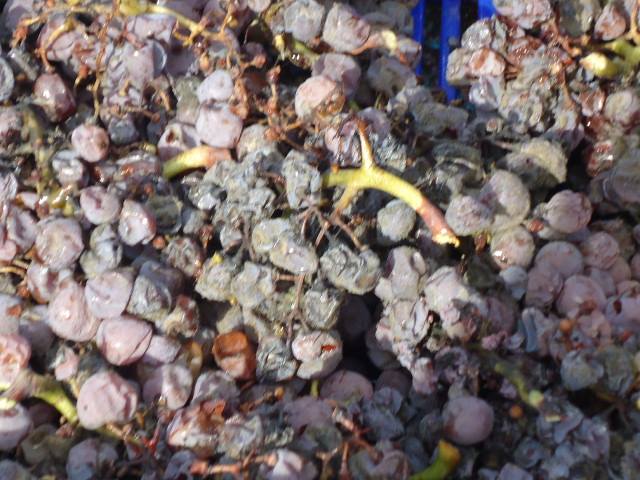
Your dry white, Opalie de Chateau Coutet is a blend of 50% Sauvignon Blanc and 50% Sémillon. What can we expect from 2015? We’ve just released the first bottles of Opalie de Chateau Coutet 2013, which is blend of 50% Sauvignon Blanc and 50% Sémillon, this is the case as well for the 2014 vintage. While the 2015 blend is 40% Sauvignon Blanc and 60% Sémillon. The release dates of the 2014 and 2015 vintages are still to be determined.
Which is your favourite Coutet vintage and why? Difficult question to answer!! How can I pick a favorite amongst all the wonderful vintages that my family has produced since arriving on the estate in 1977? Or the treasures in the library cellar left in our care by the previous custodians? But I would like to suggest the 2009 vintage as it was the first vintage that I saw from beginning to end upon joining my uncle at Chateau Coutet. Under his guidance and the support of our amazing team, I had the privilege of partaking in this mysteriously beautiful process that we call winemaking for the first time in my life. While every year provides a different experience, you always remember the first time you witnessed the year of hard work that occurs and is completely dependent on nature.

